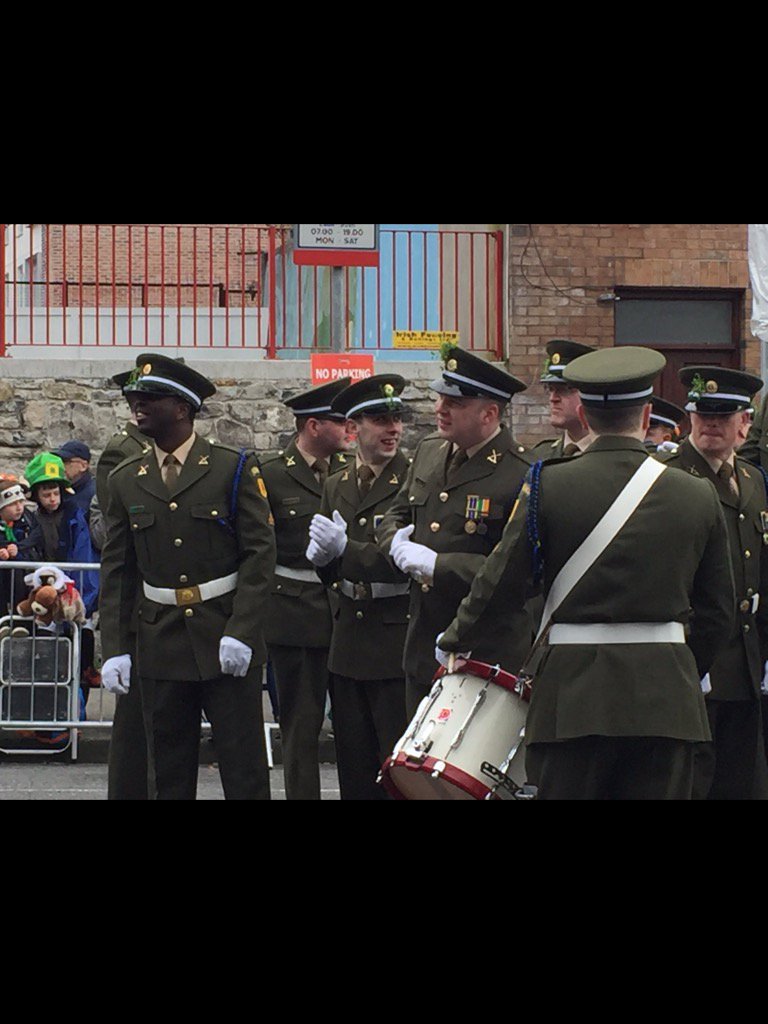GNC
King-Sized Canary
- Joined
- Aug 25, 2001
- Messages
- 33,626
The google logo today is dreadful... cartoon fourleaf clovers playing the fiddle and bodhran.
It's an absolute sham - rock 'n' roll it ain't.
The google logo today is dreadful... cartoon fourleaf clovers playing the fiddle and bodhran.
The google logo today is dreadful... cartoon fourleaf clovers playing the fiddle and bodhran.

... Corned beef and cabbage, however, similar to that served at the New York City St. Patrick's DayParade, may have originated in the United States and only recently found its way to Ireland. Some claim that corned beef and cabbage originated in New York City, and that is why New York City is known for the best corned beef and cabbage in the world.
The argument can be made that corned beef is about as Irish as General Tso's chicken is Chinese. Indeed, you'd have less difficulty tracking down the meat in a New York bar than in a Dublin pub. But don't judge the dish too harshly. This briny brisket fed the folks that made America—just as our cities were built on carry-out Chinese, anchored by the inauthentic fried egg roll.


Hmm.. A bit 'sectarian'...
To my mind, differences are good, but sectarianism is bad. I wish Ireland (and the rest of the world) could break away from sectarianism.
But I suppose I'm just a cock-eyed optimist.
"Some may say I'm a dreamer, but I'm not the only one..."
Mysteriously, a whole country that is not Ireland at all, celebrates the day with wild abandon and as much green stuff as they can find, for no readily discernible reason.Does anyone happen to know if there are any supernatural-type legends related to St. Patrick's day?






